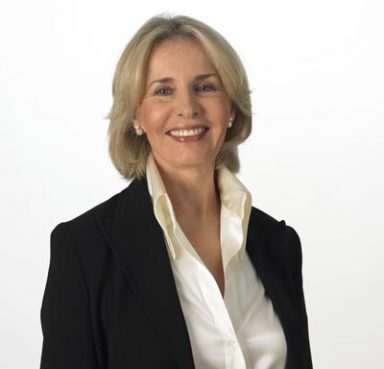
(RNS1-JUNE27) Sally Quinn is the co-producer, with Jon Meacham, of “On Faith,” produced by
The Washington Post and Newsweek. For use with RNS-10-MINUTES, transmitted June 27,
2007. Religion News Service photo courtesy of Washington Post.Newsweek Interactive.
(UNDATED) What do the Good Samaritan and “Green Eggs and Ham” have in common? They’re both parables that explain divine truth, according to Robert Short, a retired Presbyterian minister in Little Rock, Ark., and author of “The Parables of Dr. Seuss.”
“In this book I tend to argue that Ted Geisel (Dr. Seuss) was a first-class Christian thinker and that this thinking was intentionally made part of the literary and artistic work he has given us,” Short says in the introduction.
Short has also written about spiritual lessons in “The Gospel According to Peanuts” and “The Gospel According to Dogs: What Our Four-Legged Saints Can Teach Us.” Some answers have been edited for length and clarity.
Q: How did you initially become interested in Dr. Seuss’ books?
A: I’ve always been interested in where the Christian message can be found — especially in the arts and in popular graphic arts. That happened first with Peanuts and then I gradually expanded my repertoire to find other bits and pieces, including in Dr. Seuss.
Q: How does Dr. Seuss help you give better sermons?
A: It’s like how you use a parable, and I’m using Dr. Seuss in the same way. Art has a way of fascinating us by its beauty, or it tells a story which captures people’s attention. That’s what Seuss does.
Q: How well do these children’s books translate to adults?
A: Not too well right off the bat. Adults are going to be entertained by these stories, and most of the time the children have no idea that anything is being communicated indirectly. I didn’t know it myself until I began putting two and two together.
Q: Some might say you can read anything into anything. Is it the same with Dr. Seuss?
A: It’s possible, of course, to see all sorts of things in a work of art because art is open to many forms of communication. But you have to be careful when interpreting a work of art to stick to the facts, stick to the story, and don’t change anything. Your point of view has to be consistent with the story.
Q: Dr. Seuss is best known for “The Cat in the Hat.” What are the spiritual implications behind it?
A: It tries to stick very close to the New Testament. Let’s look at this cat and his haloed hat and who he’s talking to: children who are lonely and sad because it’s a dreary day and they want something fun to do. And in walks the cat, and that’s the exact same situation as the people in the New Testament who sat in the darkness who were waiting for the messiah.
Like Christ, the cat cleans things up even though he first turned things upside down. The cat leaves, but finally he comes back in just in time and straightens everything out, just like Christ promises to do for us.
Q: What about “Green Eggs and Ham”?
A: Nobody can understand this message without going through a bad area in their life — when they have to give up false gods to find the true God. It’s a very unpleasant experience. It’s our own dying with Christ. This happens in “Green Eggs and Ham” when they go into the water (Sam-I-Am’s friend nearly drowns trying to avoid green eggs and ham), and this is always what the church has said about baptism: you have to have all this old stuff washed away.
Q: In your book you said that Dr. Seuss’ stories are “less offensive than certain brands of Christianity.” What did you mean by that?
A: Seuss’ message is an extremely positive one. He doesn’t have anything hostile or harsh to say about the final outcome of humanity. He doesn’t believe in eternal damnation. For Dr. Seuss, and for me also, the God we’re dealing with is a God whose love is finally not going to fail. That’s the good news. No one is going to be denied.
Q: Which of Dr. Seuss’ books has the greatest theological depth?
A: That’s difficult, because most of them are very theological, and it’s very deep theology. It just depends on what you consider the most important lesson of theology.
“Horton Hatches the Egg” comes very close. I see the Christmas theme in it. Horton the elephant sits on the egg for 52 weeks, and (in the church), the 52nd week of the year is Christmas week. The egg hatches, and my word, it’s an elephant-bird! This is what they were saying about Christ. It’s the man-god. He’s this incarnation of God into man.




